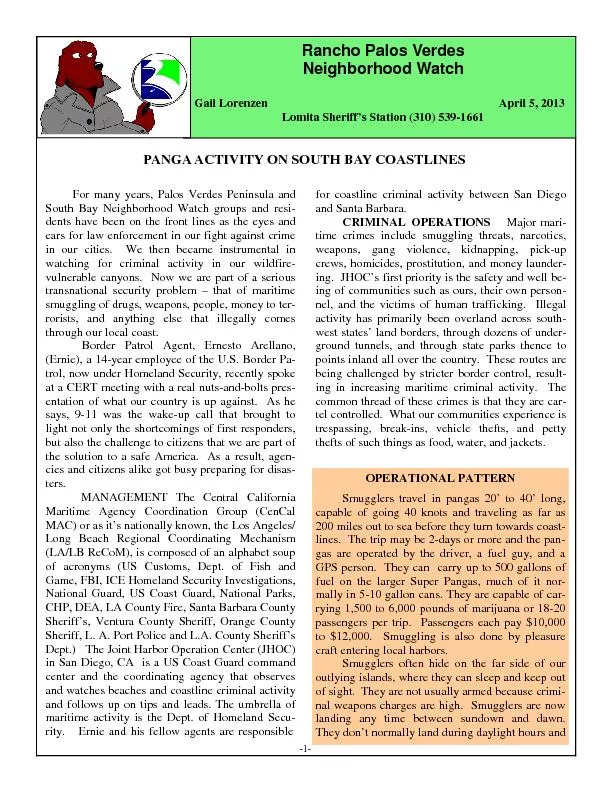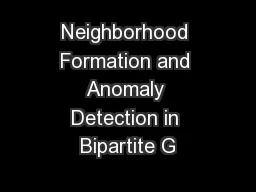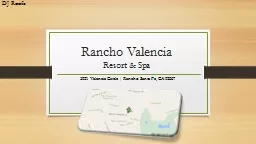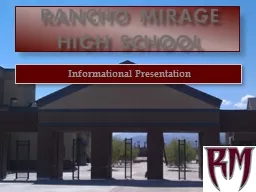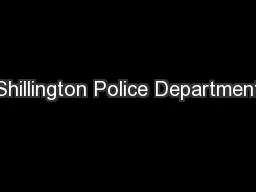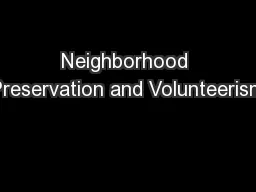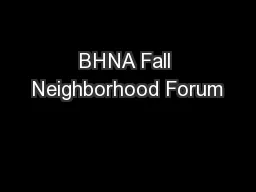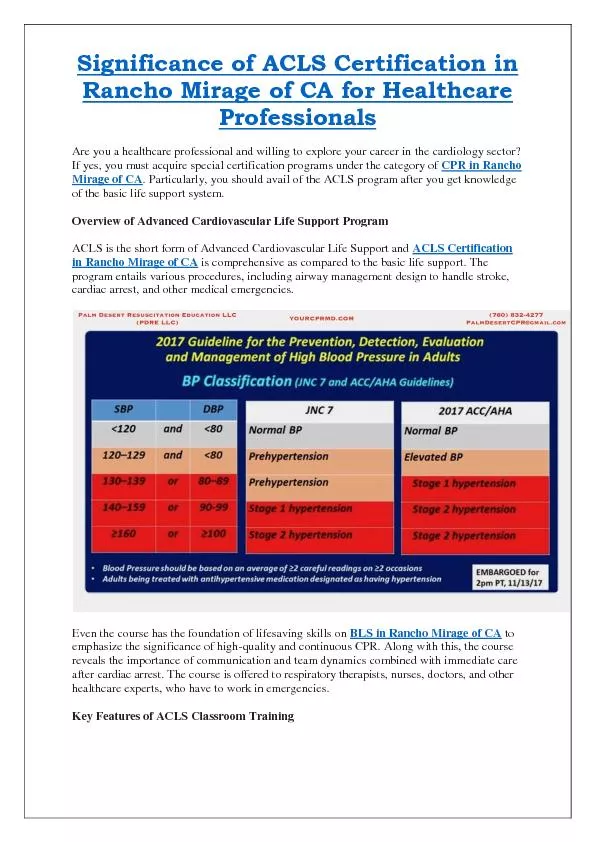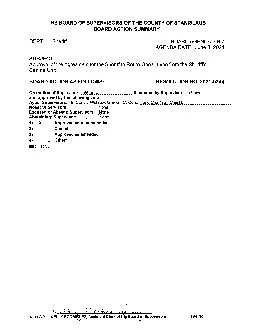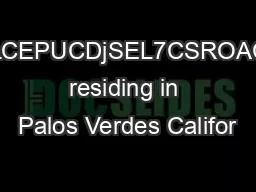PDF-Rancho Palos Verdes Neighborhood Watch Lomita Sheriff
Author : pamella-moone | Published Date : 2016-07-05
PANGA ACTIVITY ON SOUTH BAY COASTLINES For many years Palos Verdes Peninsula and for coastline criminal activity between San Diego CRIMINAL OPERATIONS Major maritime
Presentation Embed Code
Download Presentation
Download Presentation The PPT/PDF document "Rancho Palos Verdes Neighborhood Watch L..." is the property of its rightful owner. Permission is granted to download and print the materials on this website for personal, non-commercial use only, and to display it on your personal computer provided you do not modify the materials and that you retain all copyright notices contained in the materials. By downloading content from our website, you accept the terms of this agreement.
Rancho Palos Verdes Neighborhood Watch Lomita Sheriff: Transcript
Download Rules Of Document
"Rancho Palos Verdes Neighborhood Watch Lomita Sheriff"The content belongs to its owner. You may download and print it for personal use, without modification, and keep all copyright notices. By downloading, you agree to these terms.
Related Documents

